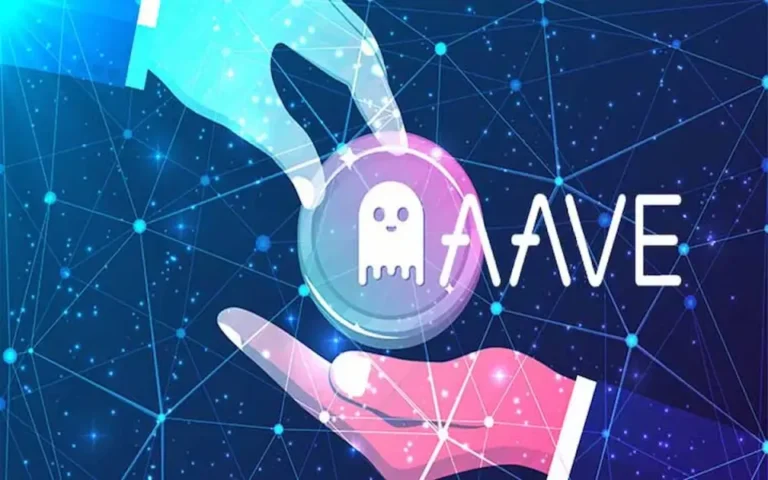The Big Picture: The $500 Million Disaster
February 2025 saw one of the largest liquidation events in Ethereum lending markets, triggering nearly half a billion dollars in liquidations. This was one of the worst crashes in the decentralized finance (DeFi) world, coming close to the catastrophic May 2021 event. It serves as a major warning about how quickly the crypto market can shift, and why understanding these events is critical for anyone involved in crypto trading or lending.
What Happened?
The Ethereum lending market, which includes platforms like Aave and Compound, experienced what’s called “liquidations” on a massive scale. Liquidation happens when the value of a loaned asset drops below a certain threshold, and the collateral backing that loan gets automatically sold off to cover the loss. This is meant to protect lenders, but when the market crashes fast, as it did in February, it can result in huge losses.
In total, $500 million worth of collateral—mainly Ethereum (ETH), stablecoins like USDT, and other assets like wrapped Bitcoin (WBTC)—were liquidated. When the value of ETH and BTC dropped sharply, many people who had borrowed funds using these assets as collateral saw their positions liquidated. This event led to the forced closure of many positions across Aave and Compound, two of the biggest DeFi lending platforms.
Why Does This Matter?
- The Importance of Healthy Collateralization
The crash highlights the risks involved when you don’t maintain enough collateral in volatile markets. DeFi platforms use automated systems to liquidate assets, but this only works if the value of the collateral remains stable. If you’re borrowing crypto, you need to always have a buffer to avoid liquidation. Keeping your collateral ratios healthy can save you from massive losses when the market shifts unexpectedly. - Resilience of DeFi Platforms
Despite the huge liquidations, the systems themselves held up. The fact that platforms like Aave and Compound can handle such massive events without collapsing is a good sign for the future of DeFi. It means that even when the market crashes, these platforms can process large-scale liquidations without failure. This shows the strength and maturity of decentralized finance, which could be a game-changer in the future. - The Role of Transparency
Another key point is the role of transparency. Bybit, a popular crypto exchange, became the first to release full data about liquidations. When Bitcoin (BTC) and Ethereum (ETH) prices dropped drastically, Bybit showed a record $1.4 billion in liquidations in just one week. This transparency allows traders to better understand the full scope of the market’s downturn. Other exchanges, like Binance and Huobi, did not report such figures, showing the gap in how data is shared across different platforms. - Impact on Market Sentiment
The market’s dramatic drop was largely driven by shifts in broader market sentiment, not just price movements. When investors start feeling uncertain, they sell off their assets, leading to a snowball effect where prices plummet even more. This shows how critical market sentiment can be and why staying aware of the overall market mood is just as important as monitoring specific asset prices.
Key Takeaways for You:
- Know Your Risk – If you’re using crypto as collateral or investing in DeFi platforms, always maintain enough of a buffer to protect against sudden drops. Liquidations happen fast, and when they do, they can wipe out a lot of value.
- DeFi is Growing Up – The ability of these platforms to handle such large-scale liquidations without crashing means DeFi is maturing. This could mean fewer risks and more opportunities for investors in the future.
- Transparency Matters – Platforms like Bybit that disclose their liquidation data are setting a new standard. Understanding how liquidations affect the market is crucial for making informed decisions.
Why This is Critical for You as a 20-Year-Old Crypto Enthusiast
As someone who is already diving into crypto, these lessons are vital. You’re in a space that is still growing, and with growth comes volatility. Understanding how DeFi works—how assets get liquidated, what makes prices crash, and why transparency matters—will give you an edge over other traders who might not fully grasp these concepts. As crypto matures, so do the opportunities. By learning from these massive events, you can position yourself to make smarter decisions and avoid big mistakes.
Stay informed, stay cautious, and make sure your trades are backed by solid risk management.



